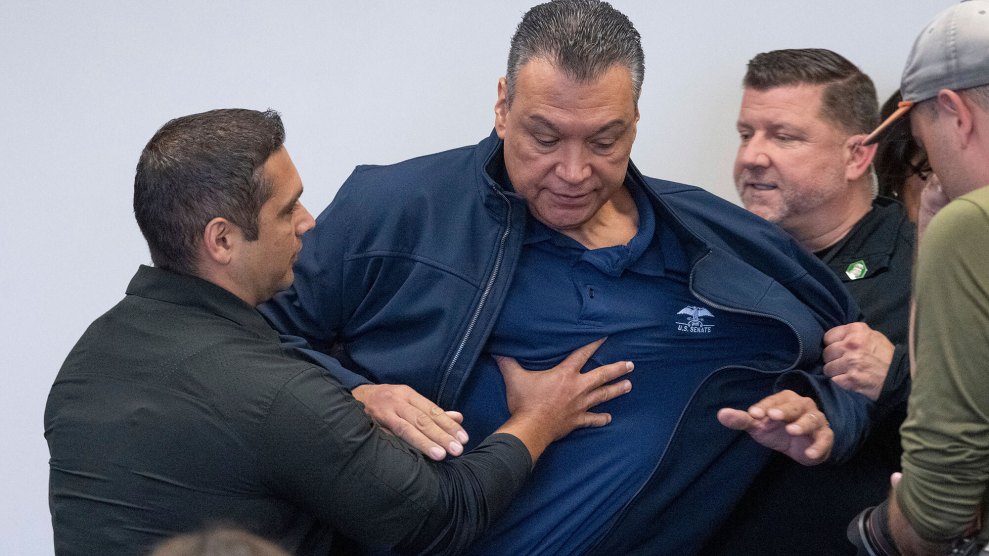In the two weeks since the Air France 447 crash, I’ve written several times about the possibility that composite parts may have played a role in the disaster. This prospect has dire implications for the future, since these lightweight, fiber and resin materials are increasingly replacing aluminum in aircraft construction. AF 447 was an Airbus A330-200, a plane a body fuselage built of metal, but significant levels of composite in its other parts–most importantly, the wings and the tail.
Now, wreckage recoved from the crash shows that 447 may have broken up in midair–which raises new questions and offering new clues on this subject of composites, according to a piece today in the Christian Science Monitor.
“There is a very compelling need to find the wreckage,” says Richard Healing, a former member of the National Transportation Safety Board and an aviation safety consultant. “We need to know, if some of the composite parts failed [on Flight 447, whether they failed at a point that any other material would have failed.”
Some of the biggest pieces of debris found so far appear to be the plane’s tail fin and vertical stabilizer. These parts are made partially of composite materials, and their failure has contributed to several crashes in the past. In the 2001 crash of American Airlines Flight 587, an Airbus 300 with a similar design to the A330, the vertical stabilizer snapped off in severe turbulence. One of the first questions investigators addressed was whether the composite materials used in the component contributed to the crash, according to Mr. Healing.
“The tail that broke off was a composite structure and was attached to the aircraft in six places. The bolts [some made of composite materials] holding it into place failed,” he says.
In fact, I’ve quoted other sources who say the turbulence encountered by American Airlines 587 before it crashed was mild compared with what Air France 447 might have met over the equatorial Atlantic. And while the bolts in question had passed safety tests, as have various composite parts, numerous questions have been raised about the methods used in testing new composite parts during the design process, as well as during routine ground testing prior to flights.
Boeing has hung a good part of its future on its new 787 Dreamliner, a midsized passenger jet built from over 50 percent composite materials, by weight. The Dreamliner is about to begin flight testing, and is supposed to be released next year. The lightweight construction of the 787 and other high-composite aircraft promises big savings to airlines in fuel costs. But with even a possibility that composites contributed to the 587 and 447 disasters, more testing and strict federal oversight, at the least, are needed before this new generation of aircraft begins flying.
Is this due diligence likely to happen? Remember that the fortunes of America’s largest aerospace manufacturer are in the mix, and that Boeing has given the 787 a huge buildup: The Dreamliner was supposed to be the highlight of the Paris Air Show, which opens up next week under the twin clouds of global recession and the 447 crash, but Boeing now says its first flight will be delayed. In fact, the plane is well behind schedule, placing Boeing is in competition with Airbus, which is working on its own high-composite jet.
It will be up to the Federal Aviation Administration to ensure that public safety comes before private profits–not something the FAA has been known for. The last FAA administrator, Marion Blakeley, was a fervent freemarketeer and opponent of increased goverment regulation. She went on to become chief lobbyist for the aerospace industry group. Obama’s appointee, Randy Babbitt, is the former head of the airline pilot’s union, and ought to have some interest in ensuring that planes don’t fall apart in midair.
















